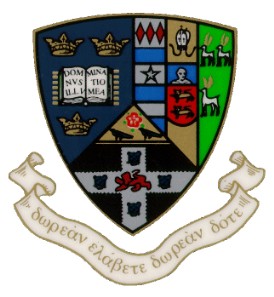| |
| author |
Rachel Sirica
| | title |
The influence of aquatic macroinvertebrates on the abundance of Batrachochytrium dendrobatidis
| | abstract |
Amphibian chytrid fungal pathogen, Batrachochytrium dendrobatidis (Bd), poses a fatal threat to
amphibians, but does not infect all aquatic ecosystems equally. The interactions between hosts
(frogs and toads) and pathogen (Bd) are influenced by various abiotic and biotic factors. Prior
studies have shown that certain aquatic macroinvertebrates and zooplankton species can limit the
number of Bd zoospore equivalents in a controlled experiment and suggest other taxa may also
have a significant effect on Bd in this way as well. There is a need to further research biotic factors
including aquatic macroinvertebrates' impact on Bd to best inform land management decisions
and wildlife conservation practices in amphibian habitats. In this study, I investigated the influence
of five aquatic macroinvertebrates on the abundance of Bd. This included: large and small
Gammarus fasciatus (freshwater amphipods), Hydra vulgaris (freshwater polyp), Chaoborus
(glassworms), large and small Chironomid midge larvae as well as large and small Culicidae
Mosquito larvae. I also tested Long Pond in Zuck Arboretum in Madison, New Jersey, for the
presence of Bd. Taxa were placed into a controlled experiment and inoculated with Bd zoospores
alongside a control group. DNA was extracted from the experimental samples as well as from
Long Pond water samples and ran in Bio-Rad CFX Touch Real-Time PCR Detection System. The
measured Bd zoospore equivalents were analyzed in R Studio to determine statistical significance
of each taxa's impact on the presence of Bd in Long Pond. The analyzed data suggest that hydra
and mosquito larvae do not have a significant impact on Bd abundance. Glassworms were found
to significantly decrease the quantity of zoospore equivalents in experiment, which is consistent
with prior studies. Large amphipods increased zoospore abundance while small amphipods did
not. Large Chironomid midge larvae had a notable variance in zoospore abundance across samples,
with some increasing the quantity of zoospore equivalents in experiment. Small Chironomid midge
larvae did not have a significant impact on zoospore abundance. According to the analyzed qPCR
data, Long Pond tested positive for the presence of Bd. The results from the macroinvertebrates
studied suggest the need for further research on the mechanisms in which large amphipods and
large Chironomid midge larvae harbor Bd zoospores, specifically when these animals are in their
last larval instar. Evaluating the effects on the presence of Bd across a wider taxonomic range
within the aquatic environment would further support the applicability of these findings. Effective
land management and amphibian conservation strategies rely on a deeper understanding of Bd and
its surrounding environment.
| | school |
The College of Liberal Arts, Drew University
| | degree |
B.S. (2024)
|
| advisor |
Jessica McQuigg
|
| full text | RSirica.pdf |
| |

